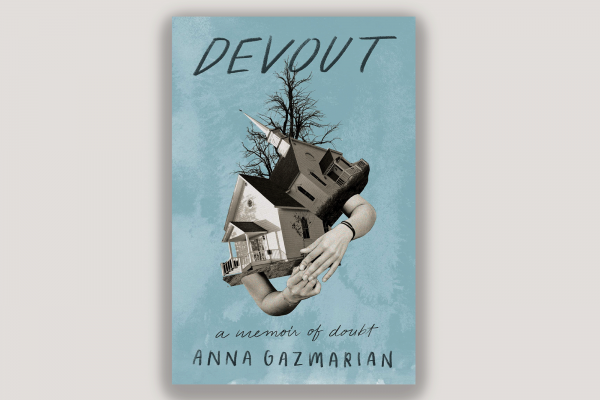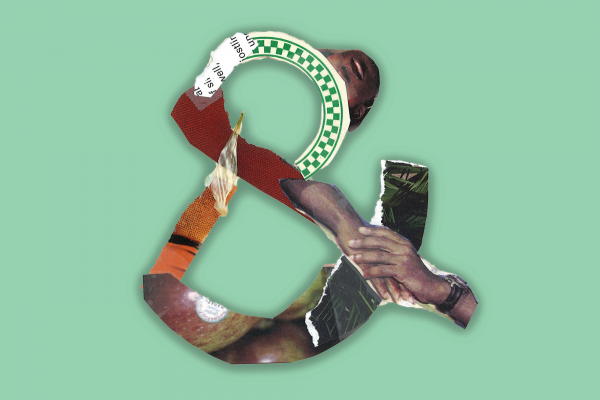I loved watching Top Gun: Maverick. That’s the main problem, actually. The new “lega-sequel” hits all the right notes, including a repeated on-screen instruction not to think. The result is a thrilling jingoistic fable about the inherent heroism of the U.S. military, built on a long legacy of violence. Maverick is the latest in a long line of propaganda films designed to cement violence as the United States’ holy response to conflict.
Indulge me in a thought experiment: When was the first time the United States deployed its troops against a foreign nation? The answer is that the U.S. has been deploying troops pretty much since the nation’s founding: The troops who became the U.S. military were already at war against Indigenous nations, and had been more or less continuously since the first British settlers arrived in Jamestown nearly 200 years prior. And since 1776, we have experienced only about 15 years of peace, defined by the lowest-common-denominator of no active military engagements. We’ve spent 94 percent of our history at war.
One of the strategies the military uses to maintain popular support for our ceaseless wars is what media scholars Tim Lenoir and Luke Caldwell named the Military-Entertainment Complex. The original Top Gun, released in 1986, kickstarted this new strategy from the Pentagon who reportedly “[charged] Paramount Pictures just $1.8 million for the use of its warplanes and aircraft carriers.” In the wake of Top Gun’s massive success, Pentagon participation — and authorization — became Hollywood’s gold standard. The result has been a generation of pro-military propaganda films (The Hunt for Red October, Armageddon, and most of the Marvel Cinematic Universe, for instance) that enshrine U.S. military action at home and abroad as righteous and necessary.
Top Gun: Maverick may be the pinnacle of Pentagon-enabled propaganda filmmaking. We catch up with Pete ‘Maverick’ Mitchell (Tom Cruise) more than 30 years after he finished second in his Top Gun class. He’s still a captain in the Navy, his lone ranger persona having denied him the promotion to admiral his classmates — including frenemy Iceman (Val Kilmer) enjoyed. With a rogue nation (unnamed and as generic as possible) weeks away from beginning to refine uranium, the Top Gun program brings twelve of its top graduates back to train to destroy the secret bunker (I dare you not to think about the Death Star as John Hamm unveils the plan).
The problem: This mission is impossible. Their only hope is to call in Ethan Hunt Maverick to train these pilots. He accepts the mission but won’t follow orders (basically ever). He cares deeply for his pilots (Cruise sells the fatherly affectation of this confirmed bachelor) while ruthlessly eliminating enemies no matter how superior their numbers and technology. He is the ideal American man — superior by force of conviction to his nameless enemies and so righteous in his individual convictions that even institutions must bend to his will.
The film intentionally dodges messy political questions like, “Isn’t Maverick actually pretty toxic?” and, “Who exactly are we bombing?” Maverick shows no concern for the pilots he’s shooting down (to say nothing of the engineers and soldiers his team will kill should their mission succeed. Not only that, he’s not asked to care. The enemies are faceless black helmets, not onscreen at all (the bunker is literally buried under a mountain). What of these questions? The film wants us to ignore them. Maverick’s most-repeated advice to his pilots is, “Don’t think!” He might as well be inviting us to ignore our questions and enjoy the ride.
This is the danger of the Military-Entertainment Complex: We’re invited to grab our popcorn and turn off our brains. To allow the images to thrill us, to let the score inspire us (seriously, is there a better theme than Top Gun’s?), to let the stunts dazzle us. As we do, the films shape our imaginations. We find it hard to imagine a world where threats to the security of our allies can be addressed by anything other than violence. How, after all, can we engage diplomatically with a faceless, black-visored helmet? We struggle to imagine peace as anything more than the absence of active conflict, bound by a massively overfunded military ready for the inevitable return to violence.
This is the church’s prophetic duty. In a world that lacks the ability to imagine a peace-filled alternative to a national identity built on a well-armed militia, Jesus calls the church to teach the world to want something better. Walter Brueggemann calls Jesus’ Sermon on the Mount an act of prophetic imagination. Jesus invites us to see what we previously could not imagine.
The beatitudes do not describe our earthly reality. Those who mourn receive not comfort, but empty wishes of “thoughts and prayers.” The merciful rarely receive mercy themselves. Those who hunger and thirst for justice remain malnourished as calls for police reform fade into obscurity; refugee children remain separated from their families; and young white men use guns to end the lives of worshippers, grocery shoppers, and elementary children — these all just in the days before Top Gun: Maverick opened in theaters.
In the midst of this, Jesus asks us to imagine and create peace, drawing on the long Hebrew tradition of prophets. In Amos, God invited us to imagine justice “roll[ing] down like water and righteousness like an ever-flowing stream” (5:24) Isaiah encouraged us to picture a world where God’s people led the nations to “beat their swords into plowshares and their spears into pruning hooks” (2:1-5) We might ask our world to imagine assault rifles smelted down to forge combine harvesters.
These are compelling visions of a different world than the death-filled one we live in.
The call of the church is to be prophets, but the prophets must also be artists. We must use our words, our lives, our witness, to create a vision of God’s kingdom that is beautiful and compelling. Because Top Gun: Maverick is a lot of fun. Cruise is effortlessly charming. My theater was filled with laughs, cheers, and a few tears. Hollywood has gotten very good at churning out really good propaganda films.
So do we believe our story is better? Can Christians articulate the ways our culture is built upon and steeped in a commitment to violence? And can we tell the story of the world made possible through Jesus’ resurrection — a world where the peacemakers and not the caesars are truly God’s children?
Got something to say about what you're reading? We value your feedback!







